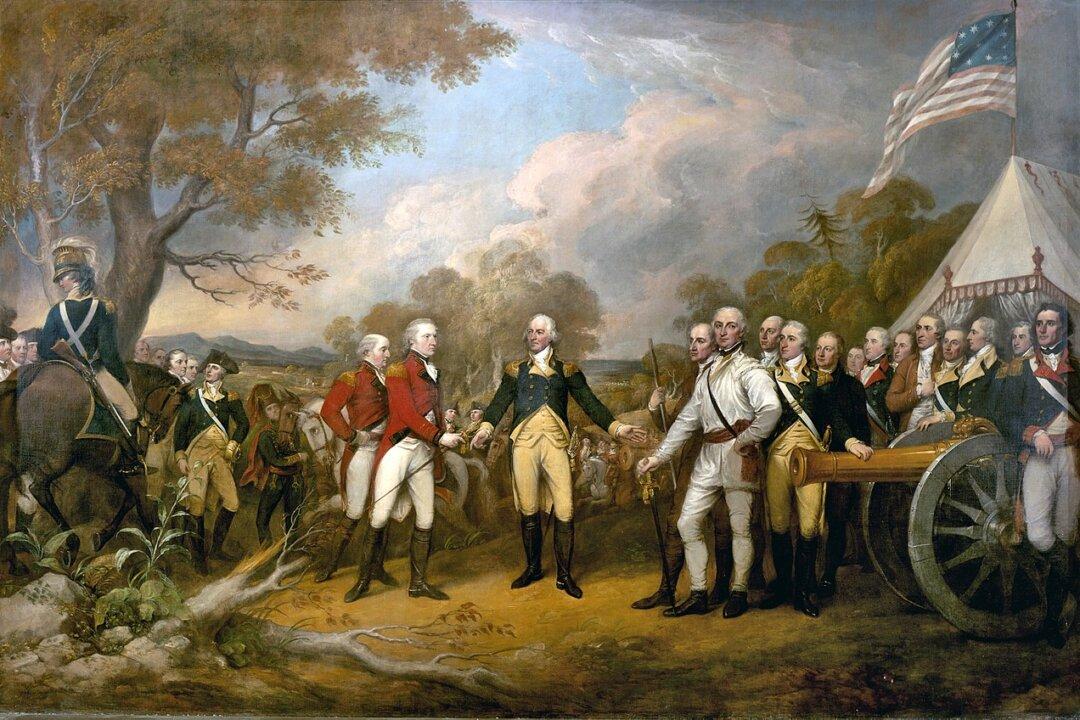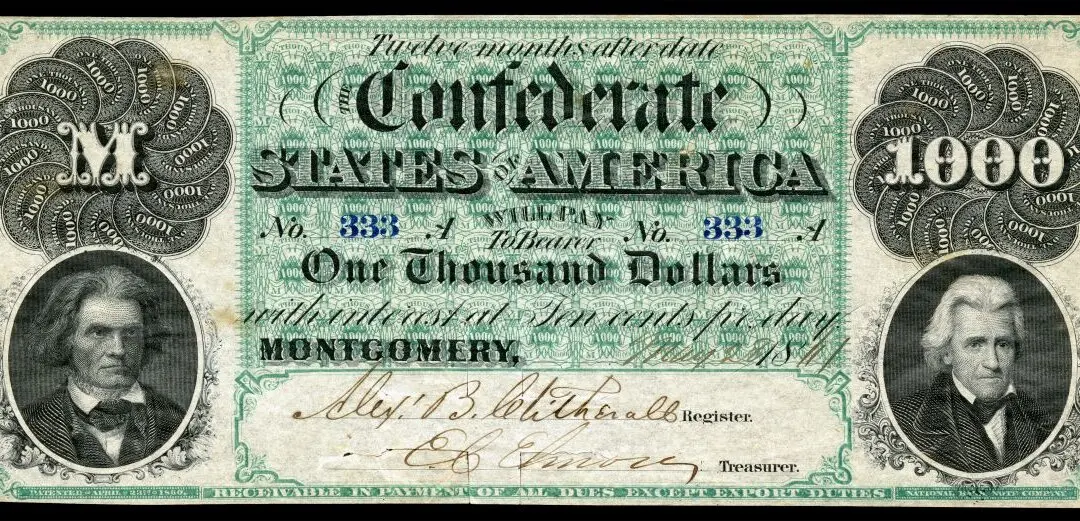No one truly knows exactly when Daniel Morgan (died July 6, 1802) was born. He may have been born in 1736, or possibly 1735. What is indisputable is that Morgan was born just in time for one of the great revolutions of the world.
Morgan was born to Welsh immigrants in New Jersey. Though he hardly ever spoke of his childhood, seemingly for good reason, that childhood developed him into a man who could suffer hardship and press on. When he was 16 or 17, he left home without telling either parent and wandered into Winchester, Virginia. At over six feet tall, he was a commanding presence. His affinity for playing cards, drinking hard liquor, and brawling made his presence even more prominent, earning him the nickname “The Bully of Battletown” (a town near Winchester).






